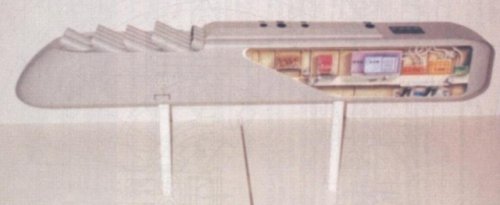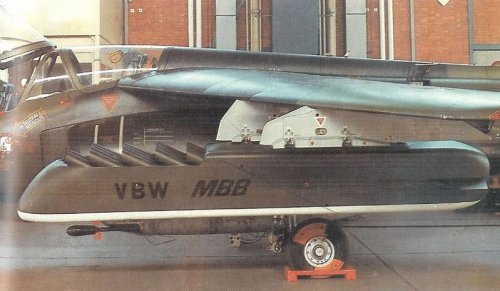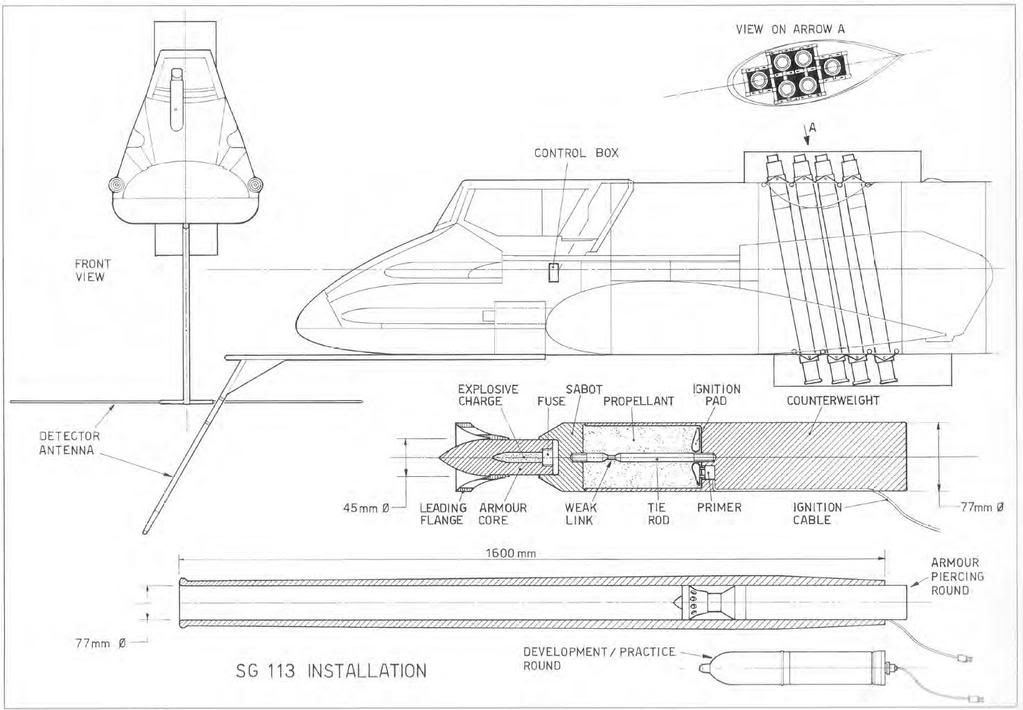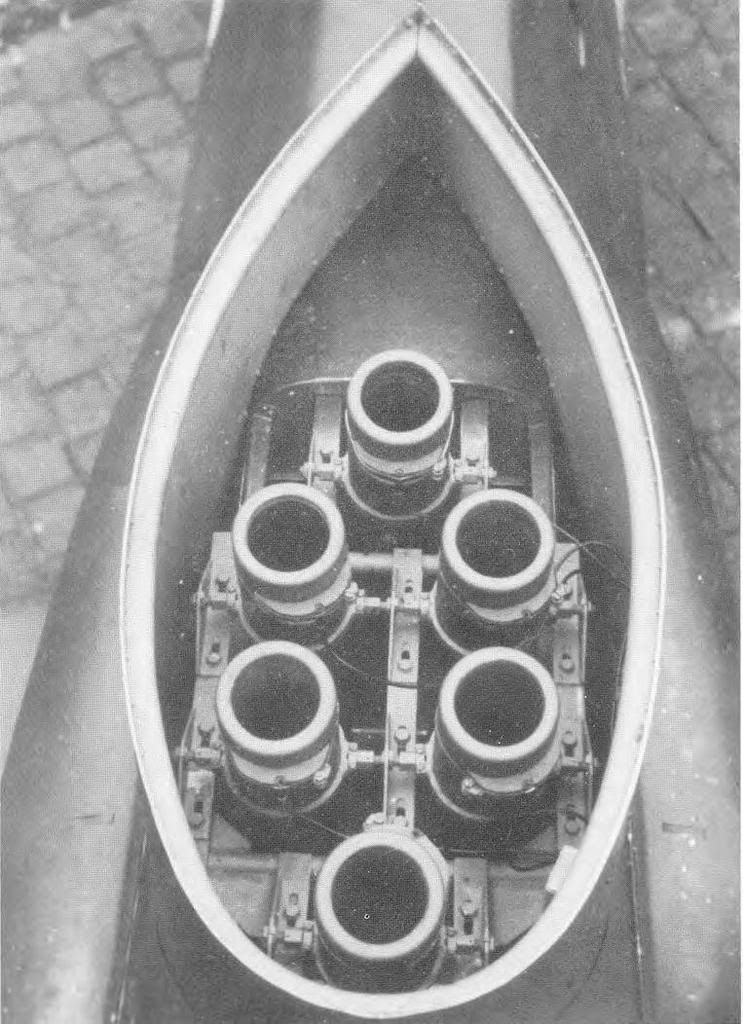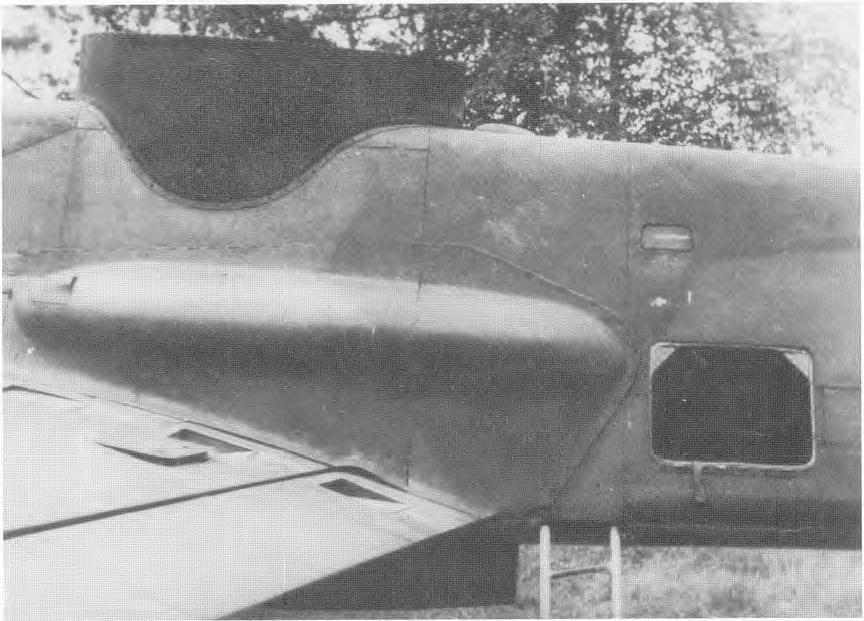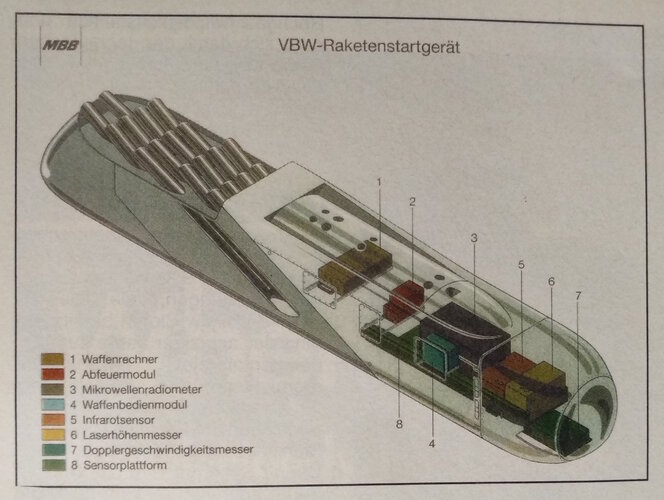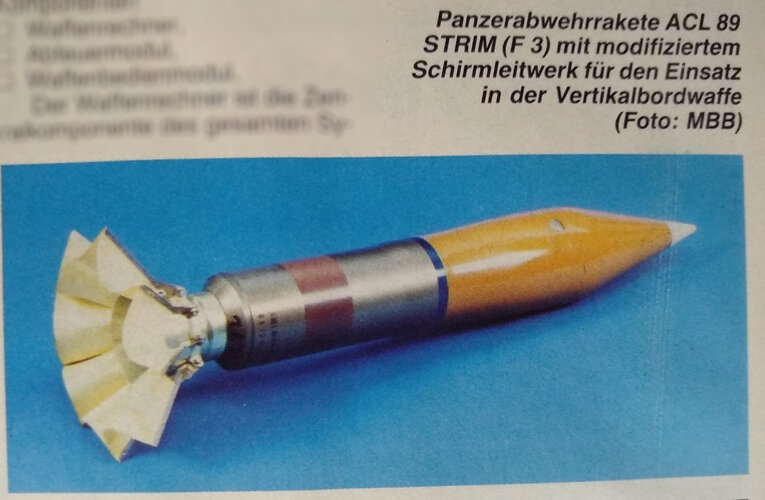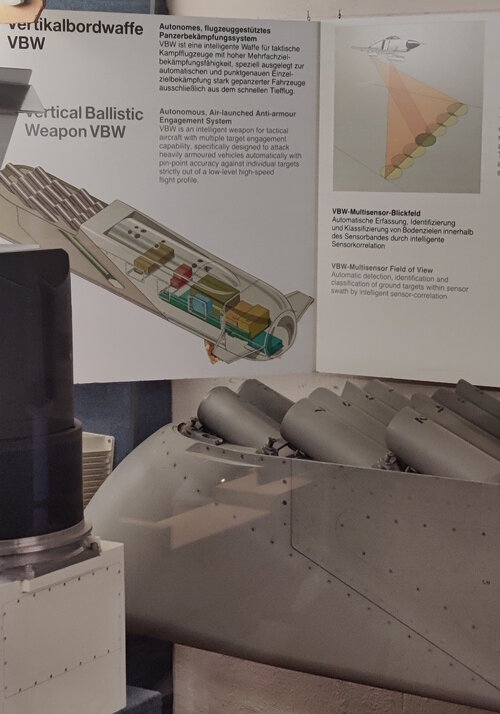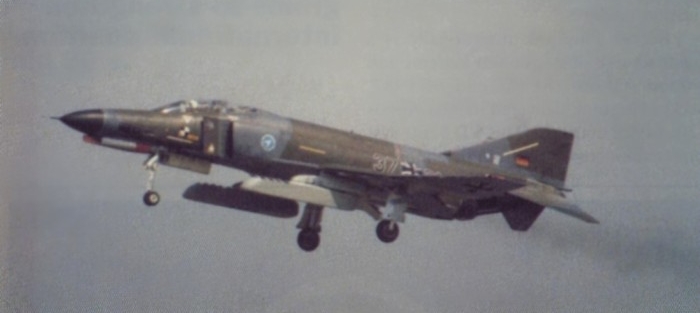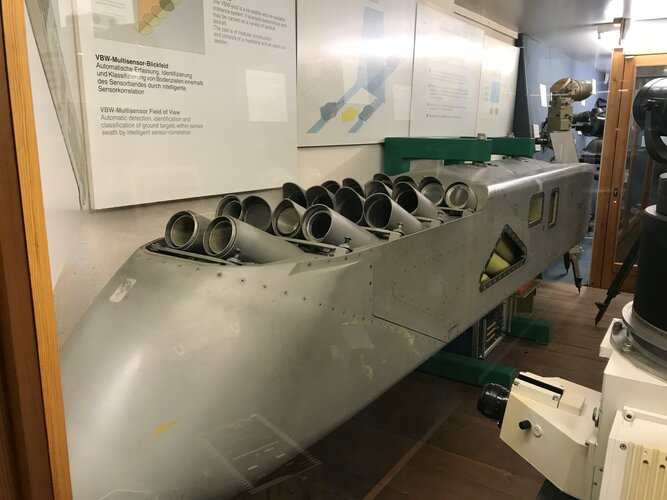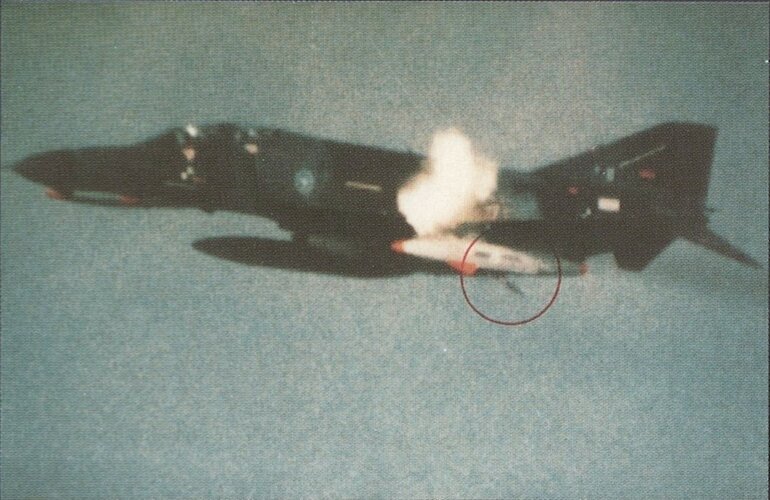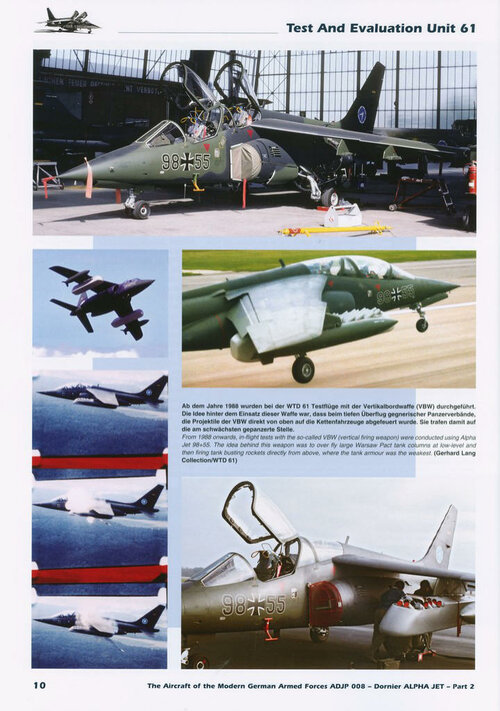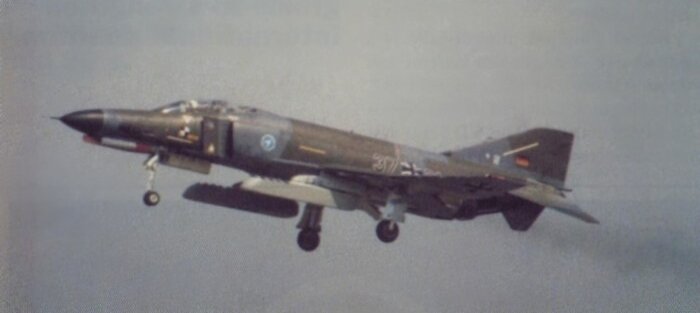Hi everybody
Here some articles of the VBW also known as VEBAL-SYNDROM or AIRVET.
Anti-tank system for low-flying aircraft.
F-4F with VBW
 www.flugrevue.de
First firing
www.flugrevue.de
First firing
 de.wikipedia.org
de.wikipedia.org
Patents
Anti-tank system for low-flying aircraft DE3902129A1
Arrangement in low-flying weapons carriers for combating ground targets
Here some articles of the VBW also known as VEBAL-SYNDROM or AIRVET.
Anti-tank system for low-flying aircraft.
F-4F with VBW
FLUG REVUE - Aktuelles aus der Luftfahrt-Branche
FLUG REVUE berichtet zu allen Themen aus der Luftfahrt. Ob Flugzeuge, zivile Luftfahrt, Militärluftfahrt, Technik oder Raumfahrt: Bleiben Sie aktuell mit FLUG REVUE.
Vertikale Bordwaffe – Wikipedia
Patents
Anti-tank system for low-flying aircraft DE3902129A1
DPMAregister | Volldokument - DE000003902129A1
DPMAregister stellt die amtliche Publikationsplattform des DPMA dar, mit Hilfe derer das Amt die Veröffentlichungen vornimmt, die im Rahmen der anhängigen Verfahren im Patent-, Gebrauchsmuster-, Marken- und Designsachen gesetzlich vorgesehen sind.
register.dpma.de
US4494437A - Arrangement in low-flying weapons carriers for combating ground _targets - Google Patents
In a low-flying weapons carrier, such as a manned or remote control aircr, a weapon is arranged to fire steeply downwardly at ground targets. The weapon can fire a plurality of separate ammunition members. A release for the weapon is located in the weapons carrier and a target detector separate...
www.google.com

